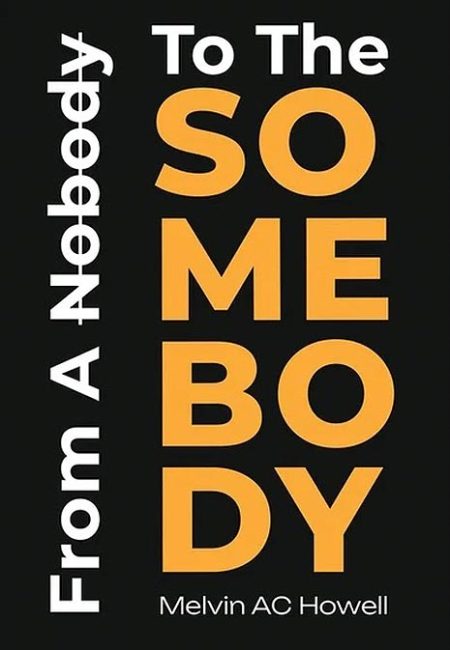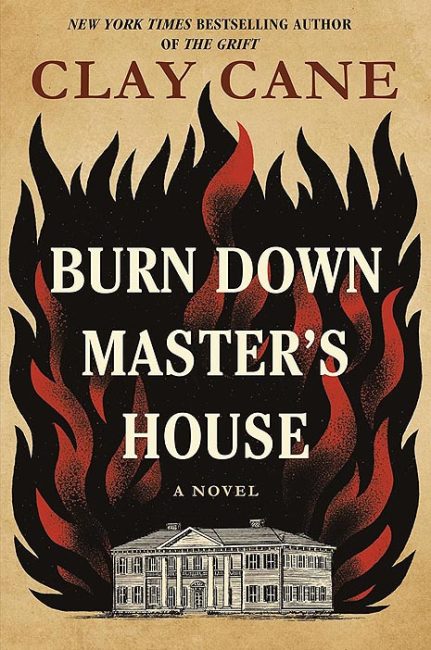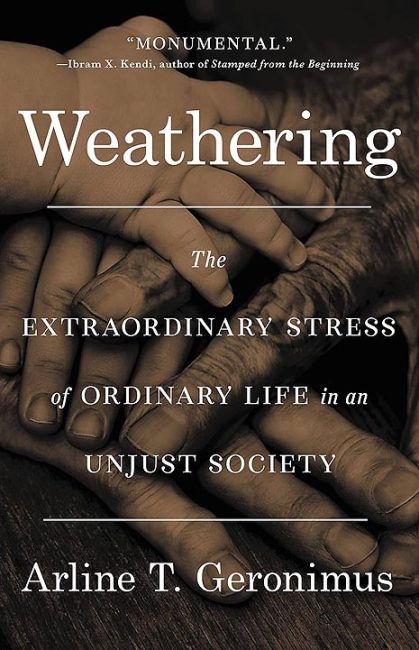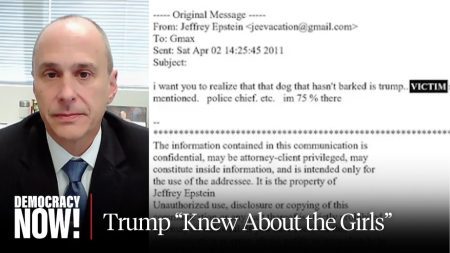Book Bag: In the Landscape of History, Women as Landmarks
By Sharon L. Shervington
It might be that our time will one day come to be known as a sort of historical renaissance, a time when information about the past is generally more readily available, and specifically when the stories of women are being told more than ever before, not only in traditional genres such as biography and memoir but also in developing ones such as women’s historical mystery and young-adult fiction.
The queens of Egypt continue to hold enduring fascination, reason enough for the presence of Stacy Schiff’s Cleopatra, a Life (Little, Brown; $29.99; 368 pages), on The New York Times Bestseller List for several weeks. This is a well-researched, chatty account of the ruler who was at one time the wealthiest monarch in the Mediterranean and the most powerful woman in the world. This book is also a lesson in how history is rewritten down the centuries. Her roles as goddess, ruler, mother, and lover are all explored.
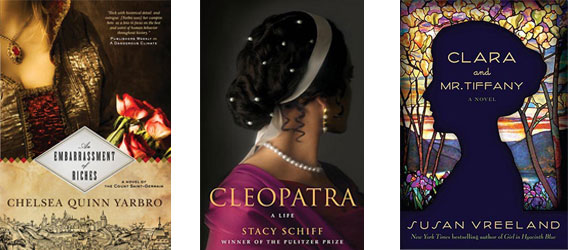
Lily of the Nile, (Stephanie Dray; Berkley; $15; 351 pages), is the
compelling story of Cleopatra’s twin son and daughter, Hilarion and
Selene, fathered by Marc Antony. Set mostly in Rome after Cleopatra’s
death, its unique approach has these twins as divine symbols at the
heart of Isis worship, a key religious orientation of the time.
Yet neither of these worthy examples of scholarship and narrative
brio can approach Child of the Morning, (Pauline Gedge; Chicago Review
Press; $16.95; 403 pages). This exquisite novel, chronicling the life of
the female Pharoah Hatshepsut, is a reissue, with a foreword by
Michelle Moran, who herself has a significant following for her work
Cleopatra’s Daughter. Child of the Morning is the first of the Canadian
Ms. Gedge’s 10 widely praised novels set in ancient Egypt.
New in historical fantasy this month is An Embarrassment of
Riches, by Chelsea Quinn Yarbro (Tor; $29.99; 383 pages), the latest in
her Saint Germain vampire cycle, this one set in Bohemia in the 1600s.
This is the series that, arguably, started the trend of modern vampire
novels, but that always includes meaty and strong female characters.
Here, the Count is pressured by the King of Hungary, who is
holding his lands and people hostage, to make jewels for Queen
Kunigunde, a task which, as an alchemist, our hero is easily able to do.
But court intrigues and an unwanted suitor bring him close to the true
death. With most of the books in the series still in print and Ms.
Yarbro’s meticulous research, the series is a thrilling way to explore
women’s forgotten stories across time and culture.
A very cool find is Ariana Franklin’s A Murderous Procession
(Berkley; $15; 382 pages). It is part historical novel, part thriller
with a heroine, Adelia Aguilar, who is part medical examiner, part
talented physician, and a single mother when any one of those roles
could get a girl killed. Adelia again and again comes very close to
death as she tries to flush out a murderer and protect a princess on the
latter’s wedding journey from England to Sicily. This is the fourth in
the award-winning Mistress of the Art of Death series.
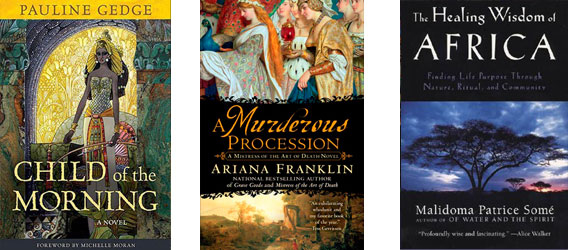
The Second Duchess (Elizabeth Loupas; New American Library; $15;
376 pages), a stand-alone novel, is also a great read with similar
elements of historical and thriller genres in a courtly setting. It
concerns a Hapsburg scion who marries a Duke who is widely believed to
have had his first wife killed. Unable to leave the mystery alone, she
becomes the target of an unexpected killer.
Another kind of mystery altogether can be found in Clara and Mr.
Tiffany (Susan Vreeland; Random House; $26; 405 pages), in which readers
will learn the true origins of Tiffany’s iconic leaded-glass lamps.
It’s a stark but still uplifting reminder of how the
contributions of so many women throughout history have been erroneously
attributed to men and how, as a result, women have faced implacable
economic choices. For something similar, and also fascinating, try
Michelle Moran’s Madame Tussaud.
In young-adult fiction, The Wonder of Charlie Anne (Kimberly
Newton Fusco; Knopf; $16.99; 264 pages) and I Was Jane Austen’s Best
Friend (Cora Harrison; Delacorte Press; $17.99; 342 pages) are some of
the outstanding current works with historical settings. Harrison brings
Austen’s world to life, deftly chronicling the customs and limitations
of the time. Charley Anne mixes together family pressures and a sweet
transracial friendship during the Great Depression. Facing down hatred,
Charlie Anne and Phoebe each become greater than they could have been
alone.
An altogether different kind of book is At the Dark End of the
Street; Black Women, Rape and Resistance – a New History of the Civil
Rights Movement from Rosa Parks to the Rise of Black Power. (Danielle
McGuire; Knopf; 324 pages; $27.95) This very brave book takes a hard
look at subjects that have been glossed over in the historical record
because they do not tidily fit the generally accepted narrative of the
civil rights movement, and because sexual violence remains a topic that
is taboo in both black and white society.
The book talks openly about the evil treatment of black women by
racist sheriffs when they were jailed in the South during the Movement.
Just as significantly it openly discusses another violation—the way in
which even the most prominent activists, especially Rosa Parks, had a
legacy of radical activism reduced to a kind of voiceless symbolism of
virtuous black female propriety, piety, and fatigue. This is a difficult
but important effort, worthy of dialogue and worth the discomfort.



